Take the 10-Minute Challenge
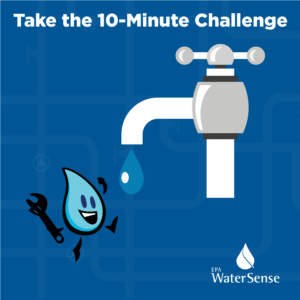
Did you know that easy-to-fix water leaks account for nearly 1 trillion gallons of water wasted each year in U.S. homes? In fact, the average household leaks almost 10,000 gallons of water per year, or the amount of water it takes to wash nearly 300 loads of laundry, and could be costing you an extra 10 percent on your water bills.
That is why EPA’s WaterSense program celebrates Fix A Leak Week each year to remind you to do a thorough check of your home and landscape. In just 10 minutes, you can search your home for leaks and crack down on water waste.
Many common household leaks are quick to find and easy to fix. Worn toilet flappers, dripping faucets, and leaking shower heads all are easily correctable and can save on your utility bill expenses and water in your community. So put on your detective hat, lace up your running shoes (don’t worry, we won’t make you run), and take this 10-minute challenge to detect and chase down leaks!
Start by Gathering Clues
These clues can help you detect leaks before you even start investigating your home.
 1. Check Your Utility Bill
1. Check Your Utility Bill
A place to start is to examine your utility bill for January or February. It’s likely that a family of four has a serious leak problem if its winter water use exceeds 12,000 gallons (or 16CCF) per month. You can also look for spikes. Is your water use a lot higher this month than it was last month? Take the time to learn more about your water bill.
2. Read Your Water Meter
Find your water meter, which is usually near the curb in front of your home but can be inside your home (e.g., in the basement) in cold climates. Use a screwdriver to remove the lid on your meter, which is heavy and usually marked “water.” Now that you’ve found the meter, take a reading during a period when no water is being used. If the meter does not read exactly the same after two hours, you probably have a leak. Here’s a tip on how to read a water meter.
3. Take a Toilet Test
Put a few drops of food coloring into the tank at the back of your toilet and let it sit for 10 minutes. If color shows up in the bowl, you have a leak. Make sure to flush afterward to avoid staining, and consider replacing your old toilet flapper if it is torn or worn. While you’re waiting to see if your toilet has a leak, walk around your house with the checklist below and see if you can chase down any other water wasters. Get more details on the Toilet Test.
Checklist for Chasing Down Leaks
Here are some of the places leaks may be hiding in your home:
In the Bathroom
- Toilets: Listen for running water and conduct the food coloring test described above.
- Faucets: Listen for drips and turn on the tap to make sure water isn’t coming out at locations that it shouldn’t be.
- Showerheads: Turn on and look for drips or stray sprays that can be stopped with tape.
- In the tub: Turn on the tub, then divert the water to the shower and see if there’s still a lot of water coming from the tub; that could mean the tub spout diverter needs replacing.
- Under the sink: Check for pooling water under pipes and rust around joints and edges.
In the Laundry or Utility Room
- Under the sink: Check for pooling water under pipe connections.
- Clothes washer: Check for pooling water, which could indicate a supply line leak.
In The Kitchen
- Faucet: Listen for drips and tighten aerators or replace fixtures if necessary.
- Sprayer: Check to make sure water is spraying smoothly and clean openings as needed.
- Under the sink: Check for pooling water under pipes and rust around joints and edges.
- Appliances: Check for pooling water underneath dishwashers and refrigerators with ice makers, which could indicate a supply line leak.
In the Basement, Garage, or Utility Room
- Water heater: Check beneath the tank for pooling water, rust, or other signs of leakage.
Don’t Forget to Go Outside
- At the spigot: Ensure tight connections with the hose and see if the hose washer needs replacing.
- In-ground irrigation system: Check for broken sprinklers or nozzles spraying in the wrong direction. You may want to consult an irrigation auditor certified by a WaterSense-labeled program to improve system efficiency.
- In the pool: Periodically turn the pool equipment on and look for visible leaks; do a bucket test to see if there are any non-visible leaks.
 Throughout the House
Throughout the House
Check for signs of moisture or mold on your walls, ceilings, or floors. This could indicate that a pipe is wreaking havoc behind the scenes and requires the attention of a professional. If you want to do a more detailed investigation for leaks, check out the Arizona Municipal Water Users Association Smart Home Water Guide. If any of your fixtures need replacing, remember to look for the WaterSense label when purchasing plumbing products. WaterSense labeled products are independently certified to use at least 20 percent less water and perform as well or better than standard models.
For the Kids
Kids aren’t just the leaders of tomorrow, they’re the dreamers and do-ers of today. “Test Your WaterSense” and try other fun activities at Flo’s Kids Zone.
Some additional links that may be helpful:
Fix A Leak Week website: https://www.epa.gov/watersense/fix-leak-week
To follow or share info: https://twitter.com/fixaleakweekaz Hashtag: #FixaLeak
Smart Home Water Guide: http://www.smarthomewaterguide.org
From time to time, Water – Use It Wisely features guest bloggers who write about topics related to water and water conservation. This month, we are featuring WaterSense®, the U.S. Environmental Protection Agency (EPA) program designed to encourage water efficiency in the United States through the use of a special label on consumer products. Launched in June 2006, the WaterSense® program, a voluntary public-private partnership, has saved American consumers more than $33 billion (in 2015 dollars) on their water and energy bills over the past decade. Since its inception, it has been immensely successful at achieving its goal of reducing water consumption. An estimated 1.5 trillion gallons have been saved using WaterSense-labeled products.


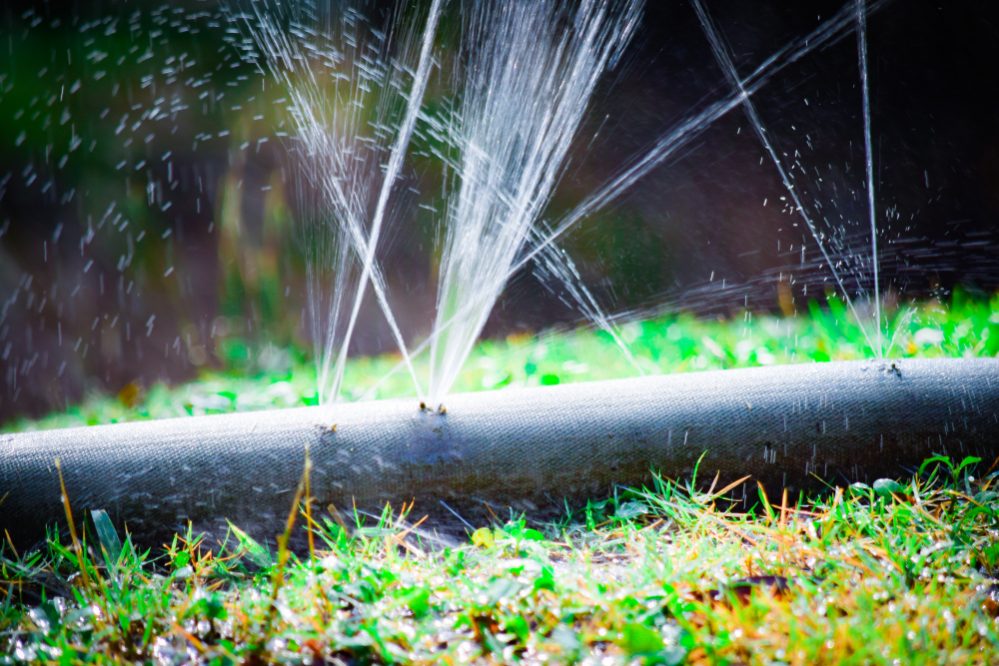
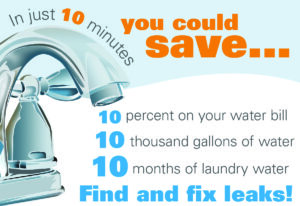 1. Check Your Utility Bill
1. Check Your Utility Bill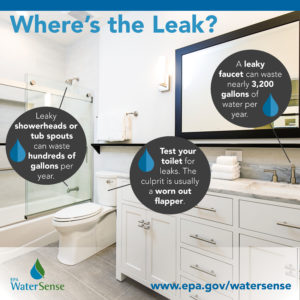
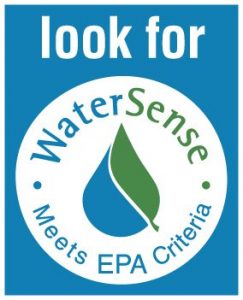 Throughout the House
Throughout the House